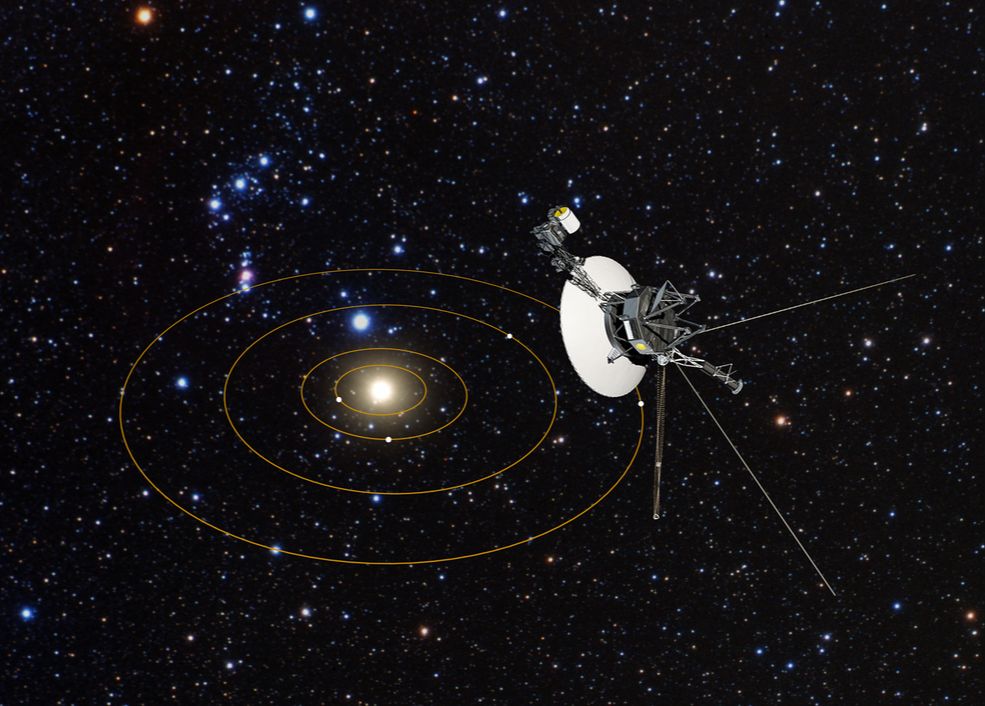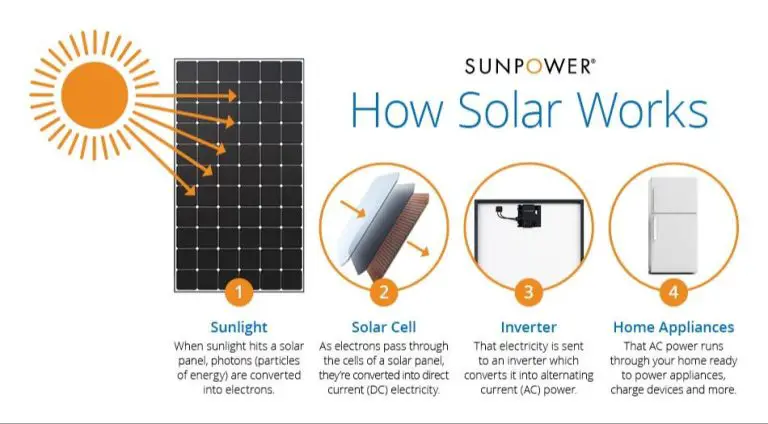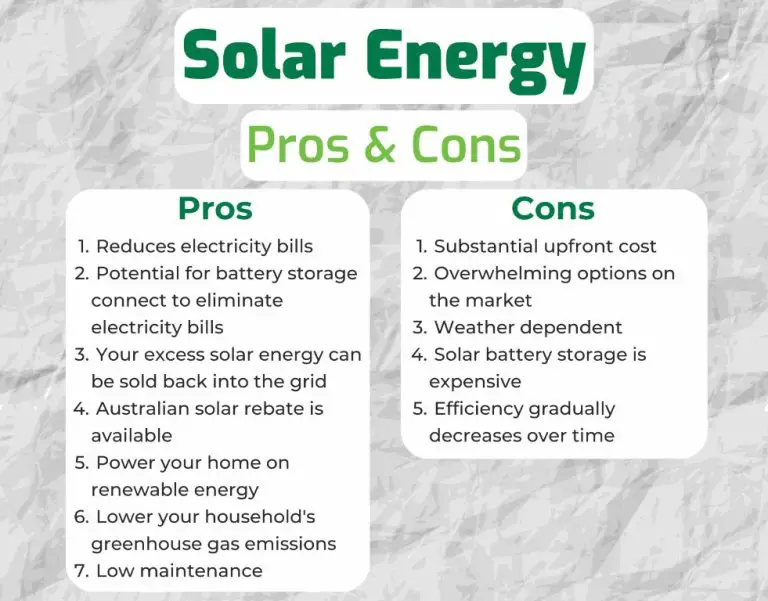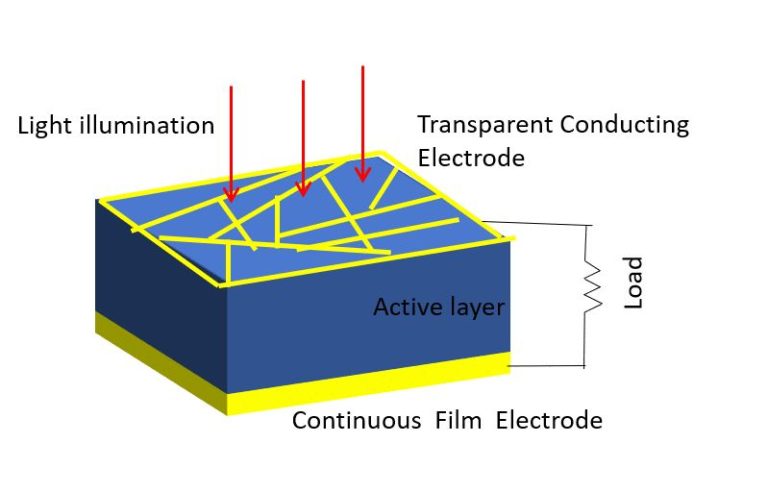Has Nasa Sent Anything Out Of Our Solar System?

NASA, short for the National Aeronautics and Space Administration, is an independent United States government agency responsible for aviation and aerospace research. Since its formation in 1958, NASA has led the peaceful exploration of space through human spaceflight and the development of launch vehicles and space probes (https://fastercapital.com/content/Space-technology–NASAA–Revolutionizing-Space-Technology-for-the-Future.html).
Our solar system consists of the Sun and everything that orbits around it, including planets, moons, asteroids, comets and other small bodies. NASA’s achievements in exploring the solar system have provided insights into the formation of planets, the search for life beyond Earth, and the origin and evolution of our solar system (NASA: Beyond Spaceship Earth, informal.jpl.nasa.gov).
This content will examine if NASA has ever sent probes beyond our solar system into interstellar space, the challenges involved, and future plans for travel outside the solar system.
What is Our Solar System?
The Solar System refers to the Sun and everything that orbits around it. This includes the eight planets – Mercury, Venus, Earth, Mars, Jupiter, Saturn, Uranus and Neptune. It also includes dwarf planets such as Pluto, over 170 moons, asteroids, comets and meteoroids. The extent of the Solar System stretches way beyond the planets, extending out to the Oort Cloud, a hypothesized shell of icy objects extending as far as 1 light year from the Sun (https://www.cfa.harvard.edu/research/topic/solar-system).
The boundary of the Solar System is defined by the solar wind and Sun’s gravitational influence, rather than a physical boundary. The solar wind declines with distance from the Sun, and past the termination shock, the solar wind slows down to subsonic speeds. The point where the solar wind becomes insignificant is called the heliopause, which is considered the edge of the Solar System. Voyager 1 crossed the heliopause in 2012, and entered interstellar space at a distance of 121 AU or 18 billion km from the Sun (https://www.quora.com/How-far-does-our-solar-system-extend-outwards).
Early Space Probes
In the 1960s and 1970s, NASA launched a series of early space probes designed to flyby and collect data from other planets in our solar system. The Ranger probes were NASA’s first successful missions to the Moon. Between 1961-1965, Ranger spacecraft transmitted thousands of images of the lunar surface until they crashed into the Moon (Neutralzone). The Mariner program conducted flybys of Venus (1962), Mars (1964), and Mercury (1973). These probes sent back unprecedented close-up images and data that revealed new insights about these planets (Canadian Rocket Research Society, 2010-2013). The Pioneer probes were early visitors to Jupiter and Saturn. Pioneer 10 made the first-ever flyby of Jupiter in 1973, while Pioneer 11 went on to visit Saturn in 1979 (NASA). These early probes paved the way for more complex missions to other planets and expanded our understanding of the solar system.
The Voyager Program
In 1977, NASA launched two twin spacecraft – Voyager 1 and Voyager 2 – with the mission to conduct close-up studies of Jupiter, Saturn, Uranus and Neptune. The Voyagers vastly improved knowledge about the four giant planets and their moons (Source: First and Farthest: How the Voyagers Blazed Trails – NASA).
After completing their planetary mission, the Voyagers continued on an extended mission to explore the outer heliosphere and eventually interstellar space. Voyager 1 crossed into interstellar space in 2012, becoming the first spacecraft to leave our solar system (Source: Voyager 1 – NASA). Voyager 2 crossed the boundary into interstellar space in 2018. The two Voyager spacecraft continue to transmit data back to Earth as they travel farther into interstellar space.
The Voyager missions have provided humanity with unprecedented close-up views of the giant outer planets and their moons. They have also furthered our understanding of the extent of our sun’s influence and entered the unexplored space between stars, paving the way for future interstellar missions.
New Horizons
NASA launched the New Horizons space probe in 2006 with the mission of conducting a fly-by study of Pluto and its moons in the Kuiper Belt region of the outer solar system New Horizons: Fifty Facts. New Horizons was the fastest spacecraft ever launched, traveling over 36,000 mph to reach Pluto in 2015 New Horizons. It obtained the first close-up images and data on Pluto and its five moons, revealing icy mountains, vast glaciers, and a hazy hydrocarbon atmosphere on Pluto’s surface.
After completing its flyby of Pluto, New Horizons continued farther out into the Kuiper Belt to study additional dwarf planets and icy objects. In 2019, it performed the most distant flyby in history when it encountered the Kuiper Belt object Arrokoth, over 4 billion miles from Earth New Horizons : Fun Facts. New Horizons is still active today as it ventures deeper into the Kuiper Belt. It continues to collect data on the solar system and expands our understanding of the mysterious Kuiper Belt region.
Future Plans
NASA has several ambitious plans for future missions that will travel beyond our solar system into interstellar space. The space agency aims to launch an Interstellar Probe in 2030 that would become the first purpose-built interstellar mission. The probe would travel at least 200 astronomical units from the Sun and investigate the boundary between the solar system and interstellar space. NASA also hopes to develop more advanced propulsion systems like solar sails, electric propulsion, and nuclear fusion rockets to enable fast interstellar travel. These advanced concepts could allow future probes to reach up to 10% the speed of light. In the 2040s, NASA may launch a mission to Alpha Centauri, the closest star system at just over 4 lightyears away. While reaching another star within a human lifetime remains unlikely with current technology, NASA aims to develop the capability for interstellar exploration within the next few decades.
Challenges
Sending spacecraft beyond our solar system presents immense technical challenges. One of the biggest hurdles is the vast distances involved. As noted in Interstellar Space Travel – What Does It Take to Get to the Stars?, even the nearest star, Proxima Centauri, is about 4.24 light years or 25 trillion miles away. Crossing such enormous distances means spacecraft must be able to travel at high speeds and have long operational lifetimes.
According to Interstellar Space Travel: Pushing the Boundaries of Human Exploration, attaining the velocities needed for interstellar travel is a major challenge. Conventional chemical rockets cannot reach the speeds required. Advanced propulsion concepts like nuclear fusion rockets, antimatter engines, or laser-powered light sails may be necessary.
Additionally, powering spacecraft over many decades of travel requires compact, resilient power sources. Providing adequate shielding against space radiation and micrometeoroid impacts also poses difficulties. Reliable autonomous systems and communication over interstellar distances are other hurdles.
While the challenges are immense, continued advancements in space technology and engineering may one day make interstellar probes a reality. But crossing the vast gulfs between stars will likely remain extremely difficult for the foreseeable future.
Private Efforts
As space exploration becomes more privatized, some companies are looking at interstellar missions. The most ambitious private effort for interstellar travel is by the company Interstellar Probe. This is a proposed mission by the Johns Hopkins University Applied Physics Laboratory along with support from NASA. The goal is to send a probe beyond the heliosphere using NASA’s Space Launch System rocket. The probe would carry instruments to analyze the environment as it travels beyond our solar system into interstellar space. This would provide the first close-up analysis of the boundary of our solar system. Interstellar Probe aims to launch by 2030 if funding and support continues.
Other private space companies like SpaceX have expressed interest in interstellar travel but do not have concrete near-term plans. SpaceX’s Starship vehicle is designed for Mars missions but Elon Musk has indicated it could potentially be used for an interstellar probe in the future. While private efforts are still in early conceptual stages, they show the increasing role commercial space companies may play in deep space and interstellar exploration alongside government space agencies.
Impact
Sending spacecraft beyond our solar system has enormous scientific and cultural significance. As the Voyager and Pioneer probes have shown, being able to directly study the edge of the heliosphere and interstellar space reveals key information about the structure of our solar system, the interaction between solar wind and interstellar medium, and the nature of the galaxy beyond the sun’s influence (Interstellar probe). Data from these probes have fundamentally altered our understanding of heliophysics and astrophysics.
Reaching into interstellar space also represents a major milestone in space exploration. It expands the reach of human civilization beyond our solar system for the first time and inspires wonder about the possibility of someday traversing the galaxy. As Carl Sagan famously said of the Voyager program, “The spacecraft will be encountered and the record played only if there are advanced space-faring civilizations in interstellar space. But the launching of this ‘bottle’ into the cosmic ‘ocean’ says something very hopeful about life on this planet” (Interstellar probe: Has its time finally come?). These probes speak to the desire to understand our place in the wider cosmos.
Conclusion
Over the past 60 years, NASA has made incredible progress in exploring the space beyond our solar system. Starting with early probes like Pioneer and Voyager, NASA launched spacecraft capable of escaping the Sun’s gravity and venturing into interstellar space. The twin Voyager spacecraft, launched in 1977, have now traveled over 14 billion miles from Earth and continue to send back data as they exit the solar system.
More recently, NASA’s New Horizons became the first spacecraft to visit Pluto in 2015. It continues to relay data from its flyby and is now on course to encounter a small Kuiper Belt object called 2014 MU69 on January 1, 2019. This will make New Horizons the farthest object ever explored up close.
Looking ahead, NASA plans to launch more advanced probes and telescopes to gather data on exoplanets, black holes, and the far reaches of the universe. While funding and technological limitations remain challenges, NASA continues to push the boundaries of human knowledge and inspire future generations of explorers. The agency’s past accomplishments and ambitious future plans ensure humanity’s quest to understand the cosmos beyond our tiny corner of the galaxy will continue for decades to come.






